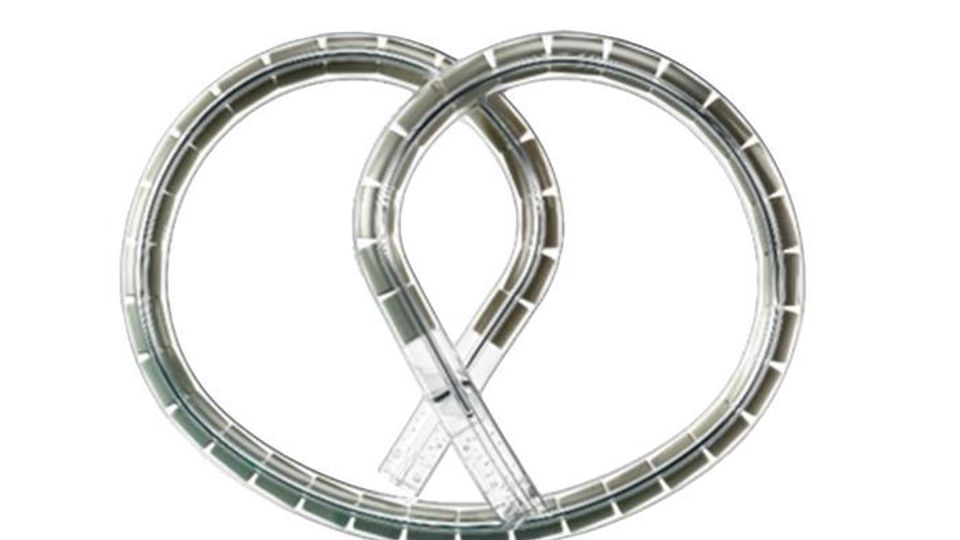TAR-200 Eliminates Tumors in 82% of High-Risk Bladder Cancer Patients
TAR-200 cleared tumors in 82% of high-risk bladder cancer patients unresponsive to immunotherapy in a phase 2 trial.

Complete the form below to unlock access to ALL audio articles.
A slow-release drug delivery system called TAR-200 eliminated tumours in 82% of participants in a phase 2 clinical trial for patients with high-risk non-muscle-invasive bladder cancer (NMIBC) that had previously not responded to immunotherapy.
Of the 85 patients enrolled in the study, the majority showed no detectable cancer 3 months into treatment, and nearly half remained cancer-free after a year. The trial results were published in the Journal of Clinical Oncology.
“Traditionally, these patients have had very limited treatment options. This new therapy is the most effective one reported to date for the most common form of bladder cancer.”
Dr. Sia Daneshmand.
Non-muscle-invasive bladder cancer (NMIBC)
A type of bladder cancer that has not spread into the muscle layer of the bladder wall.How the therapy works
TAR-200 is a small, pretzel-shaped intravesical device that contains the chemotherapy drug gemcitabine. It is inserted into the bladder using a catheter and remains in place for three weeks at a time, slowly releasing the drug throughout each treatment cycle.
This method differs significantly from conventional delivery, in which gemcitabine is instilled into the bladder as a liquid that is expelled within a few hours. Researchers hypothesised that extending the drug's contact time with the bladder lining would allow for deeper tissue penetration and improved cancer cell eradication.
Trial details and outcomes
The trial, known as SunRISe-1, was conducted across 144 sites globally and included participants diagnosed with high-risk NMIBC that had recurred after treatment with Bacillus Calmette-Guérin (BCG), the current standard of care. BCG can be ineffective in some patients, leaving them with limited therapeutic alternatives.
Traditionally, bladder removal surgery has been the next option for this group, which carries significant risks and potential impacts on quality of life. In this trial, participants received TAR-200 every three weeks for six months, followed by quarterly treatments over the next two years. Of the 85 participants, 70 showed a complete response to the therapy, and in many cases, this response persisted after 12 months.
The treatment was generally well tolerated, with few adverse effects reported. A separate arm of the study that combined TAR-200 with the immunotherapy agent cetrelimab showed a lower response rate and increased side effects, suggesting that TAR-200 alone may offer a more favourable balance of efficacy and tolerability.
Long-term monitoring and regulatory review
Participants will continue to be monitored for another year to assess the durability of the treatment response. Although the trial is no longer accepting new patients, TAR-200 is the subject of ongoing studies exploring its potential in other clinical contexts.
“The findings of the clinical trial are a breakthrough in how certain types of bladder cancer might be treated, leading to improved outcomes and saved lives.”
Dr. Sia Daneshmand.
The US Food and Drug Administration (FDA) has granted the device a New Drug Application Priority Review, which may accelerate the evaluation process.
Reference: Daneshmand S, Van Der Heijden MS, Jacob JM, et al. TAR-200 for Bacillus Calmette-Guérin–unresponsive high-risk non–muscle-invasive bladder cancer: results from the Phase IIb Sunrise-1 study. JCO. 2025:10.1200/JCO-25-01651. doi: 10.1200/JCO-25-01651
This article has been republished from the following materials. Note: material may have been edited for length and content. For further information, please contact the cited source. Our press release publishing policy can be accessed here.
This content includes text that has been generated with the assistance of AI. Technology Networks' AI policy can be found here.

